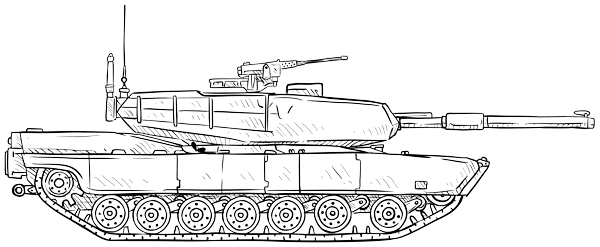FLY-TOX operation (3/4): settling straws

At the beginning of September 1944, as the Allied armies made rapid progress through Belgium, an inspector from the Banque de la Société Générale de Belgique moved up the lines of American tanks aboard a van. His objective: to travel to the liberated areas to communicate instructions drafted by the Belgian government in London. The country’s financial stability was at stake.
Key events timeline
3 septembre
Liberation of Brussels
4 septembre
Announcement by Camille Gutt on the BBC of the first economic measures to be taken for the country
5 septembre
The text of the six legislative decrees is published in the Moniteur, with the first copies being sent to Brussels. The Bank promptly prepares the circular to be distributed to its branches
Germans and collaborators faced the same fate
La Louvière was the first important step for the group. Once in town, they saw “Germans [prisoners] being jeered and crowds of people running to the places where collaborators were being lynched”. Mahieu and his team quickly started looking for the heads of the bank’s regional headquarters. “We saw Gaston Brachot, director, at his home, and met Georges Tassignon by chance on the street… We gave the director the instructions from the central administration about which transactions were authorised and prohibited. Measures were immediately taken for their implementation, both at the administrative headquarters and in the branches. Since the Liberation, very few prohibited transactions have been processed.”

The group moved on to Mons.
“The entire population was lining the road waiting for the British or the Americans and, in the meantime, we were cheered. We were stopped several times (by the White Brigade or others) to ask what we were doing on the road. We always answered, without batting an eyelid: ‘Government business!’ And this had such an effect that we were allowed through straight away.”
— E. Mahieu
Arriving in Mons at around 7 pm, Inspector Mahieu’s team made contact with the head office director, Mr François. “The instructions from the central administration will be applied on 6 September; (…) all the branches in the north [of the zone] had closed on Saturday 2 September and were waiting for instructions from their administrative headquarters.”
Night time, lights off

Mahieu left Mons at around 9 pm despite the curfew. He took the road to Charleroi at night and mingled with the American army:
“All our lights were off, with unimaginable pressure to keep a safe distance… It is unpleasant to drive behind an unlit tank that throws up a lot of dust and sounds like thunder.”
Late at night, Mahieu met the director of the Charleroi head office, Louis Hospied. After a few hours of sleep, in the early morning of 6 September, the team inspected some coal mines and plants in the region belonging the Société Générale group. They noted that the Resistance has largely succeeded in protecting the facilities against sabotage by the Germans as they withdrew. But the bank’s head office had suffered some damage with broken windows, and window frames and doors torn off. “Mr Hospied’s courage and composure was praised as he remained calm and immediately took protective measures despite the shooting and the guns at the door”.
The Bank’s regional headquarters in turmoil
The expedition started off towards Tournai at around 10.30 am. This time, it was travelling in the opposite direction to the American tanks, which slowed it down considerably. Despite the fear of being caught under one of these monster machines, Mahieu noticed some details along the road, such as the corpses of horses being feverishly cut up by the locals for their meat; or the Belgian truck transporting five or six women with shaved heads and their foreheads branded with the Nazi symbol. The expedition arrived in Tournai at around 2 pm and, of course, visited the leaders of the local administrative headquarters, Fernand Courthéoux, Cherquefosse and Desmons.




